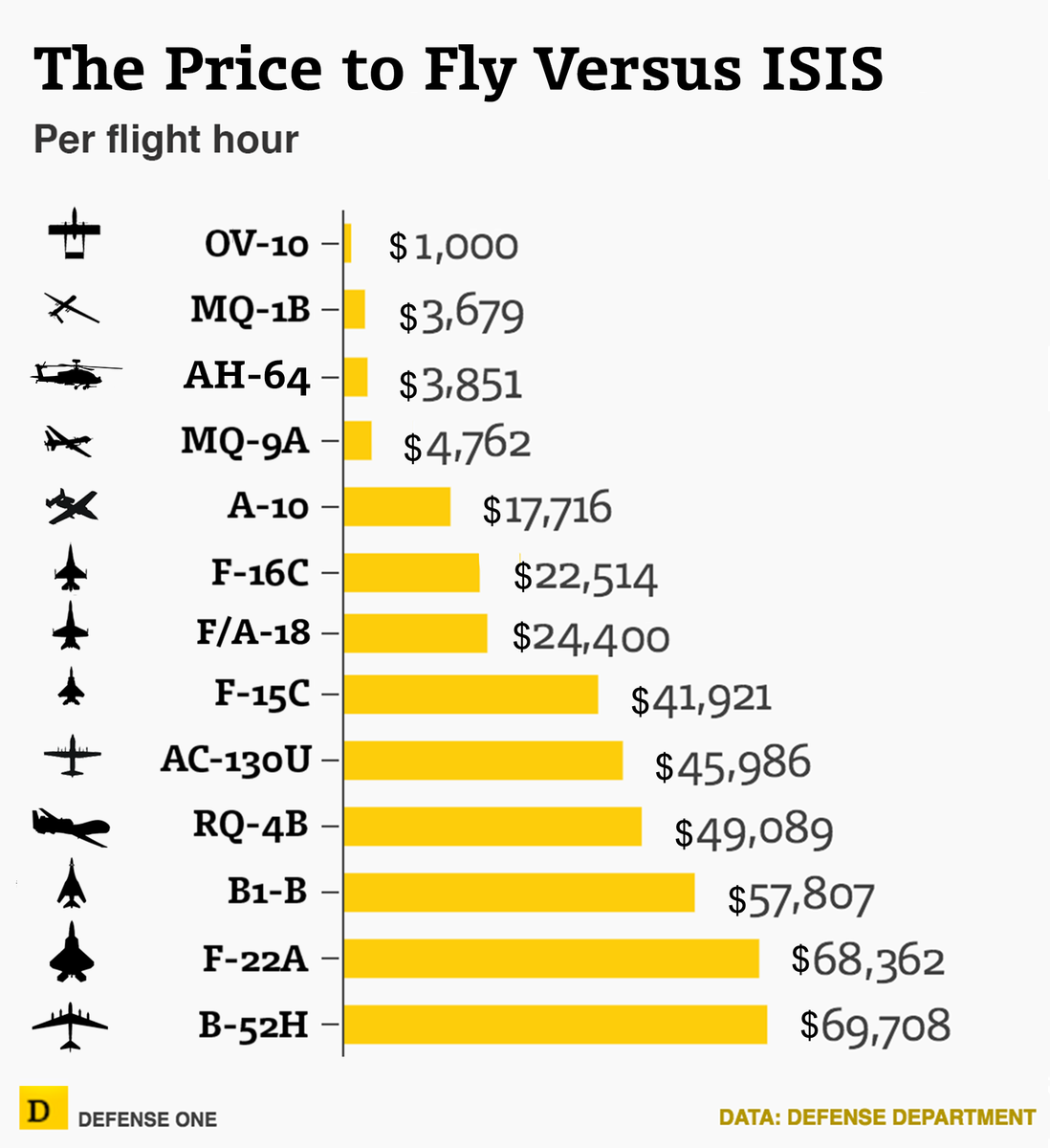Singha wrote:JSF must be the only plane with so much what-if debate *after 200 airframes already produced*
The shrinking number of new starts, size of the program given the sequestered budget, past developmental problems, and a competitor OEM that has repeatedly failed to win clean sheet competitions (ATF, JSF, J-UCAS, LRS-B). One has to go back decades to find a new clean sheet fighter design out of Boeing that won a competition. Though acquiring McD helped, it apparently wasn't enough on the J-UCAS or LRSB).
And not just the 220 delivered. More than 50 in production, and another 90 in pre-production with contracts expected in a few days

. Media no doubt needs something to print but it was quite hard not to see the carrot and stick policy of the incoming administration as being anything other than leverage.
Exclusive: Pentagon, Lockheed near deal on $9 billion F-35 contract - sources
The U.S. Department of Defense and Lockheed Martin Corp (LMT.N) are close to deal for a contract worth almost $9 billion as negotiations are poised to bring the price per F-35 below $100 million for the first time, people familiar with the talks said Wednesday.
The F-35, the Pentagon's costliest arms program, has drawn fire from U.S. President-elect Donald Trump who has made lowering prices for military equipment a pillar of his transition into office.
Talks are still ongoing for the tenth batch of stealthy fighter jets with a deal for 90 planes expected to be announced by the end of the month, three people said on condition of anonymity.
Since the F/A-18E is an exclusive US-Navy product. I'll post again, what the Chief of Naval Operations said just this week -
"
If you just think about the aircraft in terms of capability … [the F-35] is on a completely different level from the Super Hornet," Richardson said at a DBrief Live event.
While he acknowledged there are updates and improvements that can be made to the Super Hornet to make it closer to a four-and-a-half generation plane, the F-35 is crucial to the Navy's missions."We need the F-35," he said...
LINK
It's not hard to understand the role each type will play in the USN. The F-18 Hornet and Super Hornet will be the fleet's stand off platforms in a high threat environment..while the smaller fleet of F-35C's will be the penetrating high end element. The SH to JSF ratio reflects that since the USN's F-35C's will be backed up by 80 USMC F-35C's, in addition to their hundreds of STOVL F-35B's.
As I had said, the Advanced Super Hornet cannot come close to some the JSF KPP's, some of these KPP's were directly influenced by the Navy especially the one where it had to carry a pair of 2000 lb. bombs internally. The tiny little weapons pod can't carry more than 1 heavy bomb and nothing else (1 2000 lb bomb with no AMRAAM's).
Some of the Advanced Rhino features are good upgrades and should go into the fleet. The CFT's are a good addition especially since range on internal fuel is so inadequate that they permanently carry a centerline bag, so much so that it was the place they integrated the IRST since for all practical purposes it's a permanent fixtures on the type of missions the USN expects.
One must not forget what the new Navy strike fleet is replacing..The Super Hornet was a budgetary compromise and in terms of pure range/payload it is far inferior to the aircraft it replaced (F-14). The F-35C, in terms of range/payload is superior to the aircraft it is replacing in the fleet (F/A-18C) and this even before you have integrated bags to it. There is nothing stopping the Navy from intergrating an F-22 like
EFT solution on it's future fleet of Charlies..
The upgraded F414 engines will probably come in around the middle of the next decade to provide some restoration of performance once all the new weight has been added. There are also plans to upgrade the self-defense suite etc. The Navy is not done buying the Rhino..between that and the Growler, probably another 70 could be required. But that's to support that aspect of the strike fighter enterprise given utilization, likely future utilization and the long road to getting the FA-XX given USN's history with new strike aircraft development.
Let's take a look at the article -
But the US and other countries already have in their sights a modern update on the F/A-18 that is meant to complement the F-35. The update may be poised to deliver even more capability than Lockheed Martin's Joint Strike Fighter in some areas, even without being as stealthy.
Dan Gillian, Boeing's vice president of F/A-18 and EA-18 programs, told Business Insider that even with the coming F-35C naval variant, US carrier air wings would still field versions of the F/A-18 into the 2040s. The company is planning considerable updates that will focus on "addressing the gaps" in naval aviation.
Boeing has been marketing the Advanced Rhino for 2-3 years now. They've managed to sell the F-18E once since then, and that sale apparently includes a block II Rhino with CFT's and not the advanced SH configuration. The next hope is Canada but we must wait to see what configuration they select.
An infrared search and track radar, which would be the first such capability included on a US fighter jet since the F-14 Tomcat. This will allow the Advanced Super Hornets to counter enemy stealth capability and to get a read on heat-emitting entities without emitting any radar signal of their own. "There was a fixation on stealth attributes," Gillian said of fifth-gen fighters, "which is an important attribute for the next 25 years, but tactical fighters are designed for stealth in one part of the spectrum, all planes emit heat."
The F-35C the Navy's are acquiring have both a long range nose mounted IRST (Made by the same OEM that supplies AN/ASG-34's to Boeing and that OEM is Lockheed Martin), and a short range 360 degree IRST feature through the DAS. Basic fact checking that the article got wrong. Also, an IRST isn't a radar.
Advanced electronic warfare capabilities. Currently, the F-18 family leads the US military in EW platforms with the Growler, an EW version of the Super Hornet in which Boeing has "taken out the gun and installed more EW equipment ... Instead of missiles on the wing tips it has a large sensing pods," Gillian said. The Navy has scheduled the F-35C to eventually carry the advanced EW pod, but the initial generation of F-35s will have to rely on Growlers for EW attacks. The Advanced Super Hornet will have EW self-protection, but not the full suite present on the Growler.
The Super Hornet isn't the Growler and the Super Hornet does not magically possess Growler capabilities just because Boeing delivers both products. Boeing hasn't yet made the "Buy one Super Hornet and we'll give you one Growler for free" offer.
Regarding the Bold part, the F-35C has a self-protection EW suite, and a low-observable design plus a passive suite the likes of which only the Growler possess, not the Rhino.
Improved avionics and computing power as well as increased ability to network to receive targeting data from platforms like the F-35 or the E-2 Hawkeye. The Advanced Super Hornet would also feature an improved active electronically scanned array radar.
The F-35 already has this. It's already demonstrated NIFC-CA compatibility, through the MADL where it cued an SM6 to a cruise missile working hand in hand with AEGIS.
An enclosed weapons pod would make the plane more aerodynamic while also cutting down on the plane's radar cross section. Combined with the form-fitting fuel tanks, the Advanced Super Hornet could cut its radar signature by up to 50%.
To what? Does the small pod magically transform the F-18 into an all aspect low-observable design?
Hypothetically, Advanced Super Hornets could field IRST before F-35Cs come online.
As long as we are sticking to "hypothetical" scenarios anything goes. Meanwhile, the USN has an IRST program for the Rhino, and it's time-frame for declaring full operational capability is well documented. And no, it isn't even close to when the first Navy squadron of Charlie's is expected to become operational.
And on the F-35 sensor, in a few months from now an Advanced EOTS sensor will begin flight testing, meant as a direct drop in LRU that swaps out the current sensor. The Next Generation IRST program that the USAF (and USN) are funding is going to take close to a decade to deliver. The IRST-21 while good is not where they eventually wan't to be - i.e. a long range, multi-spectral staring IRST in a given footprint.





